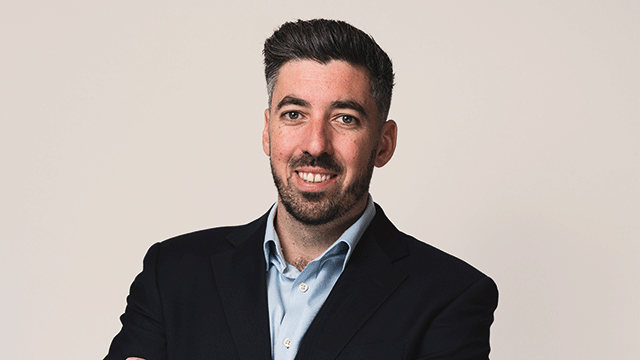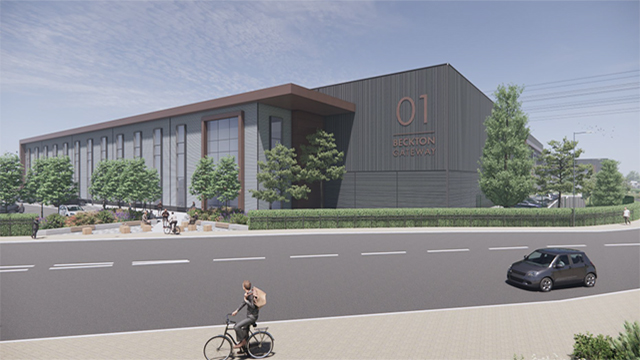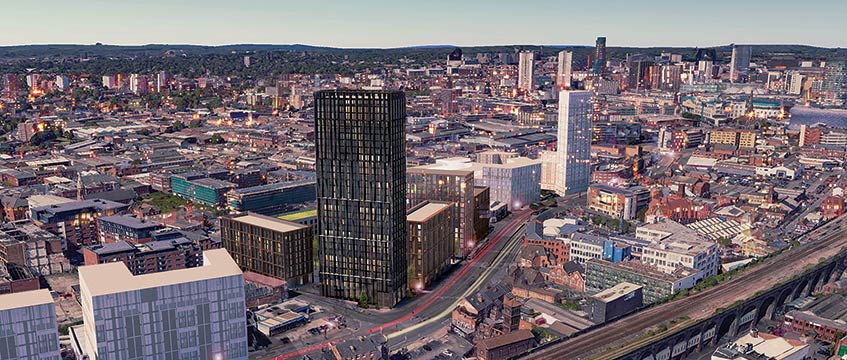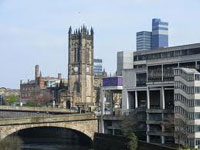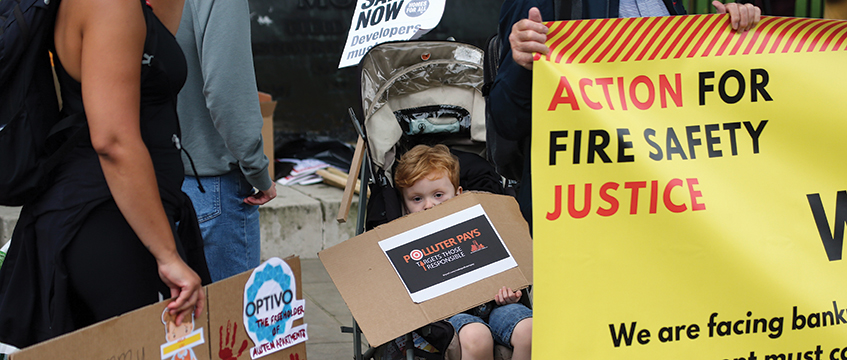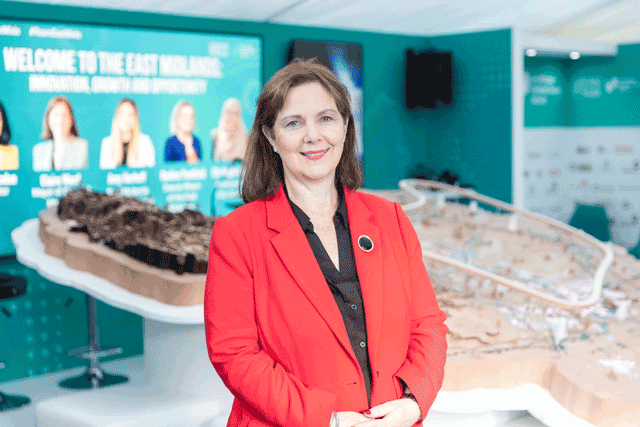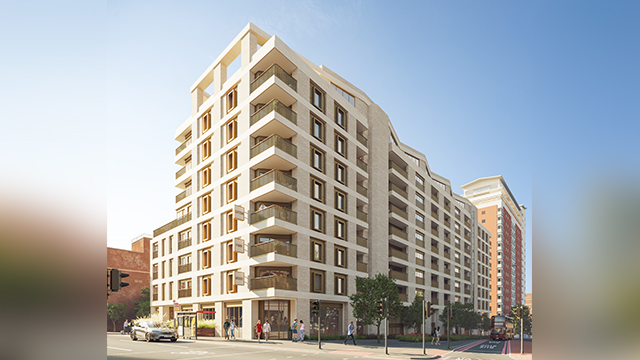This week at MIPIM, plans for a 200-acre campus catering for the healthcare and bioscience industries in Manchester were pitched to prospective investors and development partners.
MediPark would be built around one of the region’s leading research hospitals, the University Hospital of South Manchester. It would be connected to Manchester Airport, one mile away, and the city centre, seven miles away, by an extension to the Metrolink tram system, which is due to complete in 2016.
And with MAG Developments’ Airport City scheme, it would form the heart of Manchester’s enterprise zone.
Its backers – the University Hospital of South Manchester NHS Foundation Trust and the city council – hope that MediPark will do for the medical science sector what Peel’s MediaCityUK has done for the creative industries: create a high-value cluster of businesses in Greater Manchester.
But as the brainchild of a cash-strapped NHS trust and a local authority with a budget to balance, the project will live or die on the ability to sell the vision to major global occupiers and risk-averse investors.
Walter Boettcher, director of research and forecasting at Colliers International, says that institutional investors tend to chase such high-value property. “Science parks in places like Cambridge attract huge interest from the likes of pension funds. They can offer yield premiums of as much as a percentage point below other types of property because of the long leases and strength of covenant,” he says.
“Occupier prelets will spark investor interest and occupational costs are likely to be lower in Manchester than in places such as Cambridge,” he adds.
By the early 2030s the backers hope to have created a leafy campus boasting company HQs as well as offices, laboratories and hi-tech manufacturing space for a range of occupiers. Boffins from around the world would also be able to jet in for conferences and stay at hotels within the scheme.
Driving the concept are two formidable characters: council chief executive Sir Howard Bernstein and the trust’s chairwoman, Felicity Goodey. Formerly a BBC news presenter in the North West, Goodey is also the former chairwoman of the now-defunct Central Salford Urban Regeneration Company, and was responsible for leading the bid to bring her old employer to Salford Quays.
“Science and innovation is a fundamental part of our region’s growth strategy, building on our universities and hospitals. MediPark is a strong opportunity to drive that agenda further,” says Bernstein. “It has to be built on a pluralist model and it needs a flexible approach to planning.”
Goodey says that Manchester’s reputation for scientific innovation will help it to compete for occupiers. “Greater Manchester has the highest concentration of higher education institutions and produces more graduates than any discrete urban area in Europe.”
She is determined that the city should take a share of the worldwide healthcare industry, worth, she says, around £1,000bn and growing at a rate of 12% pa.
Mike Fry, a former hospital manager and Lend Lease director, and now consultant to the project, adds: “Of all international business sectors, healthcare is the least cyclical. Developed countries are spending more on it and developing countries are playing catch-up.”
Development will focus on 35 acres of land adjacent to the hospital, although an “alliance” has been formed with neighbouring landowners Royal London Asset Management and Bluemantle, which could add as much as 165 acres to the project.
RLAM owns 90 acres at Davenport Green, which is outside the enterprise zone but is zoned for development related to either MediPark or Airport City. Bluemantle owns 350,000 sq ft on 20 acres at Roundthorn Industrial Estate, including 70,000 sq ft let to San Diego-based diagnostics firm Gen-Probe. Around 75 acres at Roundthorn have been identified for the MediPark project and Bluemantle is expected to play a leading role.
No formal joint venture exists between the landowners, but Bluemantle chief executive Mark Caldwell says that MediPark is likely to be a major, but not exclusive, driver of development at the site.
Sources estimate that as much as 1m sq ft could be built on the hospital site, with another 2m sq ft, and perhaps much more, on the remainder. Andrew Ludiman, director with Jones Lang LaSalle, which is advising the NHS trust, says that the scale will be determined by occupier demand.
Fry points overseas, to Singapore, to illustrate the potential for MediPark. There, more than 4m sq ft was developed by 2006 at the Zaha Hadid-designed Biopolis scheme.
“It attracted Nobel laureates,” says Fry, “and Manchester already has a few Nobel laureates.”
Manchester’s MediPark proposal aims to attract healthcare and bioscience companies to the city’s enterprise zone
daniel.cunningham@estatesgazette.com




